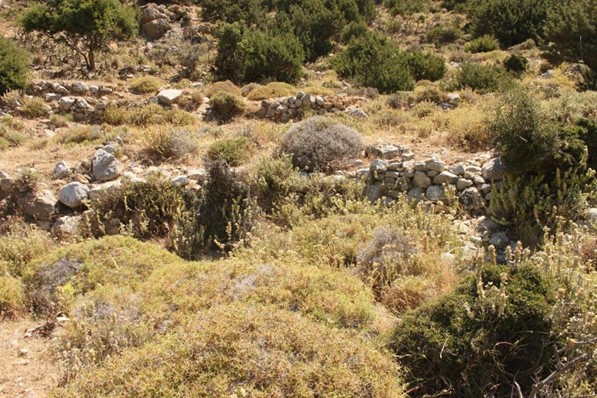About our Project
Across the world terraced landscapes have been created to produce diverse crops, to improve soils and to manage water resources - historically, they have been critical in many areas for dry-land agriculture. Despite this widespread occurrence, the history of agricultural terraces has remained poorly understood, largely due to problems in dating their construction, modification and use. This failure to understand the history of terraces has hampered broader research on the histories of landscapes, limiting knowledge of how settlements operated within their wider landscapes and of how terraces reflect the long-term investment choices made by rural communities. A new technique for dating soil profiles developed by members of the project team has recently demonstrated unique potential to unravel the formation and development of terraces through time (Kinnaird et al. 2017). Applied in parallel with geoarchaeological techniques, including chemical and micromorphological analysis, and broader landscape survey, these methods presents an opportunity to revolutionise understanding of past terrace systems and their landscapes - and to reveal and evaluate the societal, economic and environmental strategies that underpinned their construction, evolution and abandonment. Our project will answer research questions in four key areas about the history of terraces:
- When and how were terraces constructed, maintained and managed in different periods and regions?
- What were the triggers for terracing, and why were they sometimes abandoned?
- Has terracing proved an environmentally sustainable land-use strategy for rural communities?
- Did terraces enable greater resilience to economic or ecological instability, and did they help mitigate the impacts of past climate change?





